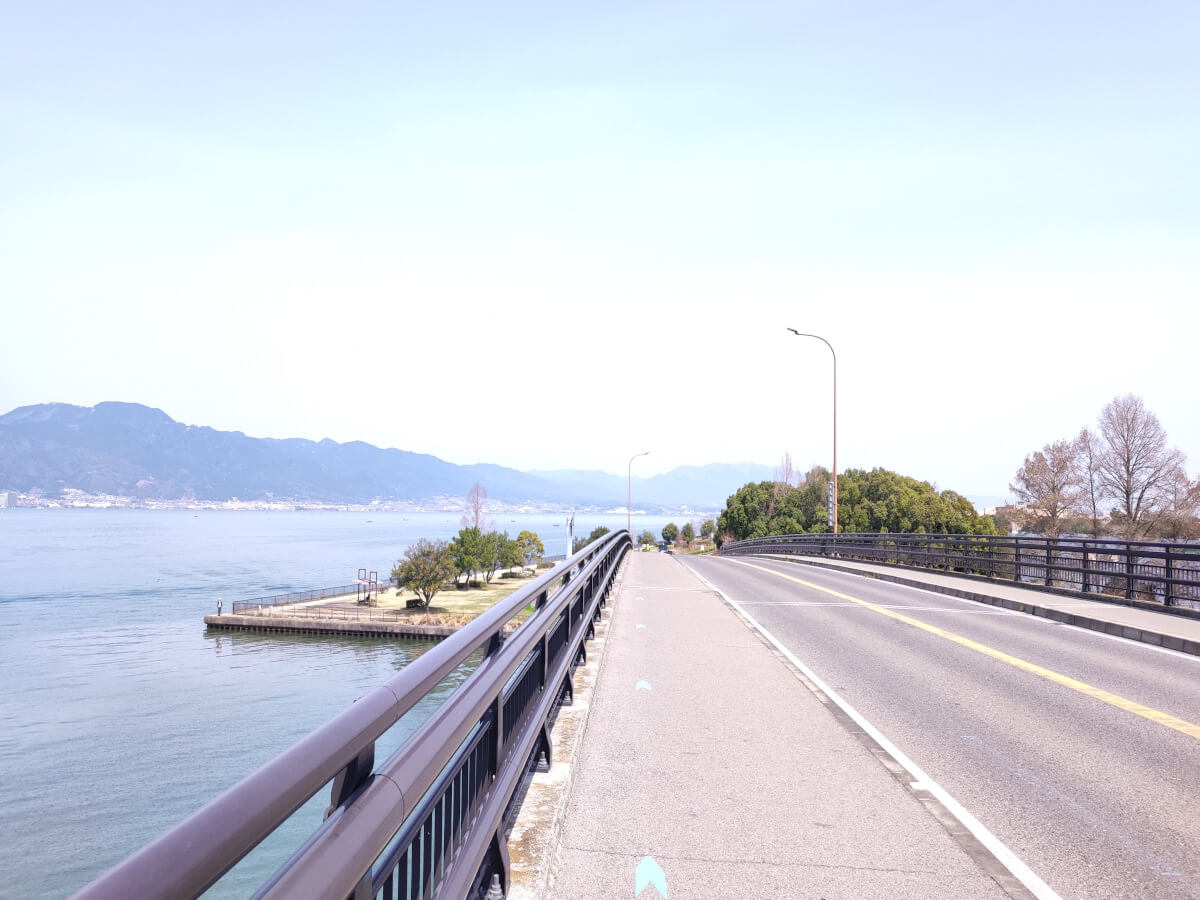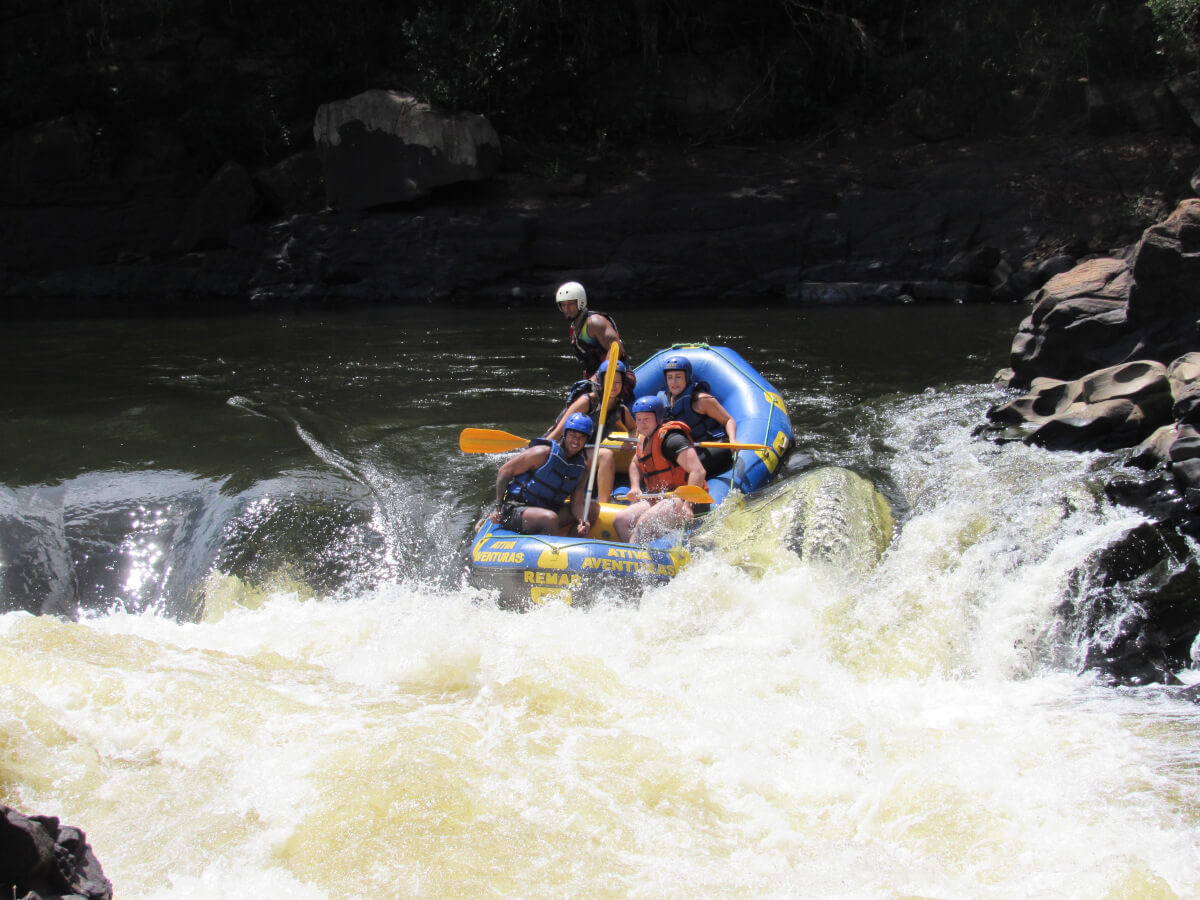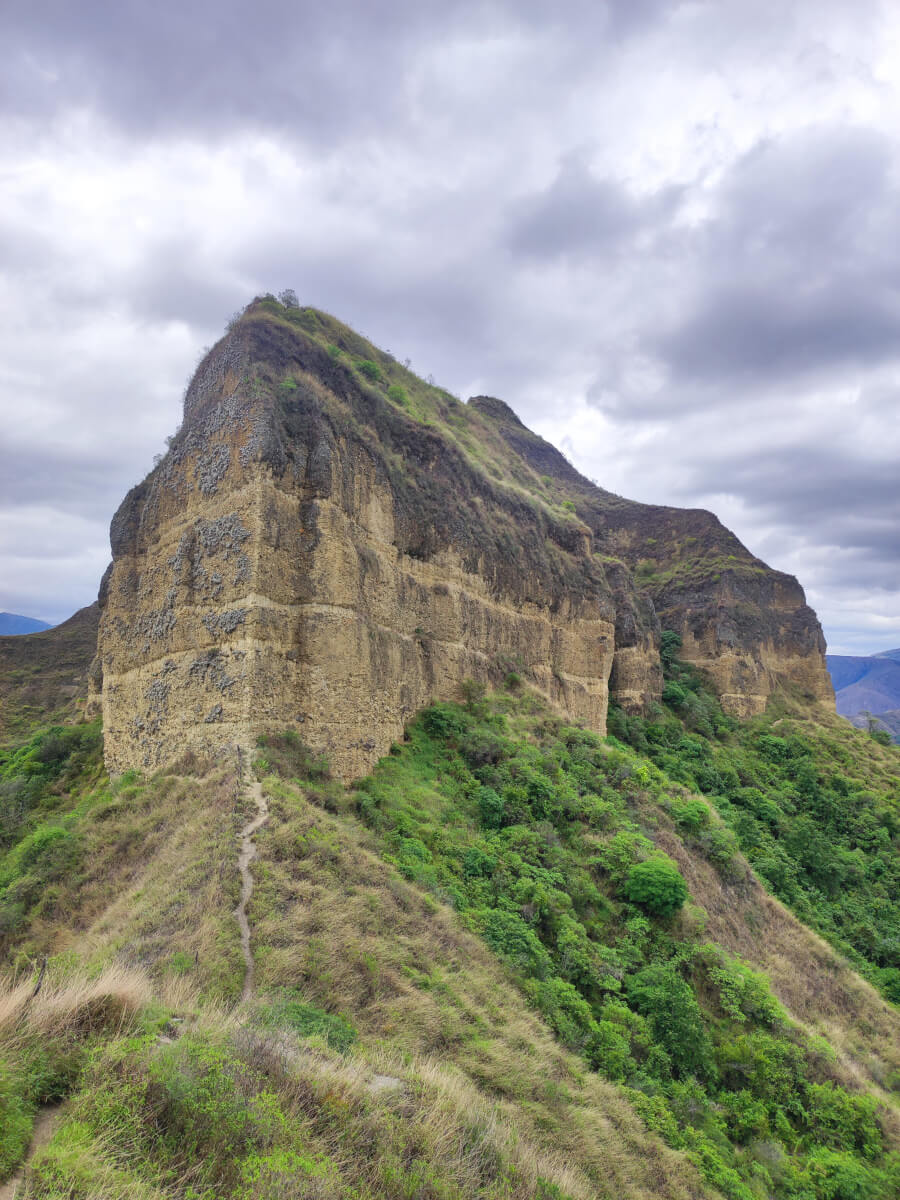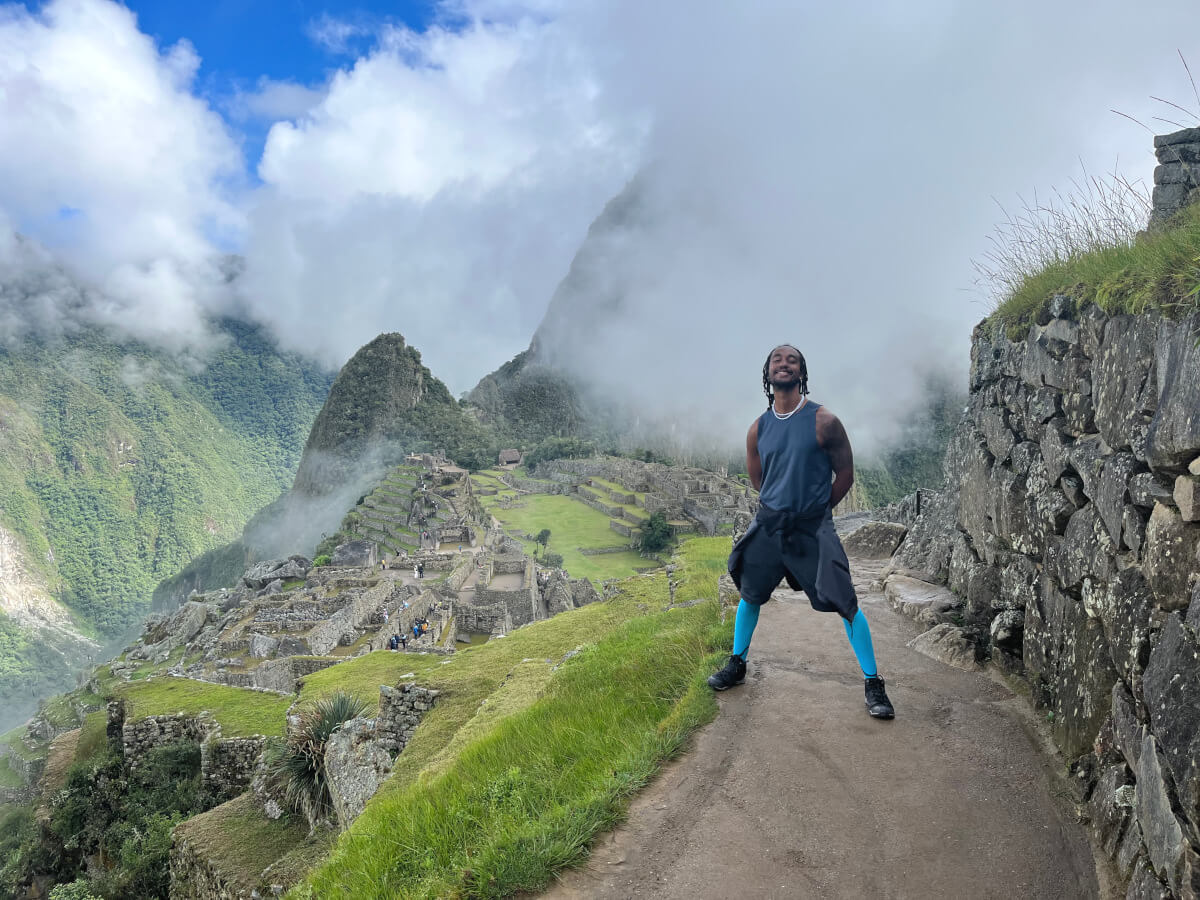This article describes the ecotourism scene in Brazil, highlighting the best spots to experience its natural wonders and the growing importance of sustainable travel practices.
Brazil is known for its vibrant culture, stunning landscapes, and rich biodiversity. It has emerged as an excellent destination for ecotourism in the last few years.
With vast expanses of lush rainforests, beaches, and diverse ecosystems, the country offers ecotourists a unique opportunity to immerse themselves in nature while contributing to conservation efforts.
If you love traveling and being in contact with nature and plan to visit Brazil soon, this article is for you. Keep reading and enjoy the ride!!
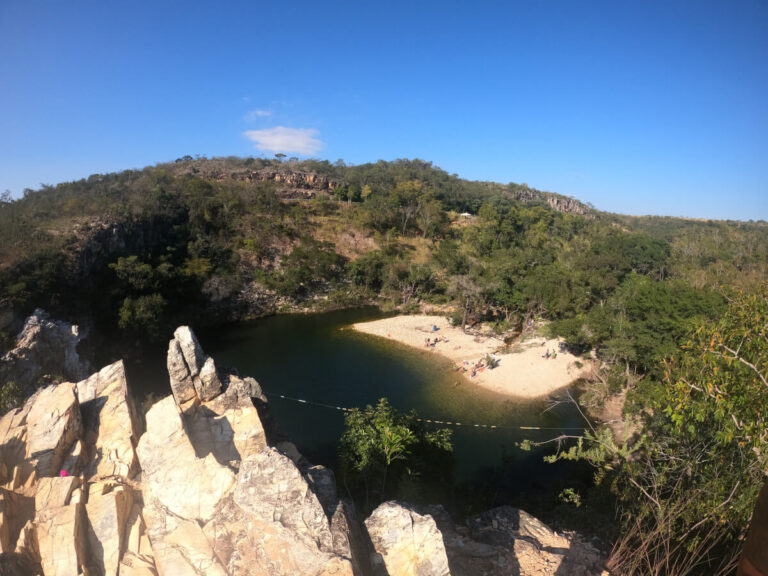
Table of Contents
Ecotourism in Brazil is growing
Brazil is widely known for its diversity of natural landscapes, which shows the country’s potential for ecotourism. The Brazilian government is fully aware of this potential, so it has created a program to boost ecotourism in the country.
The government identified 96 areas susceptible to ecotourism development spread in all five regions in the country. The project has its challenges, primarily due to mass tourism in some areas and the consciousness of the tourists to learn sustainable practices, but the fact that work is in progress is already a good signal.
Ecotourism brings several benefits to the country, including promoting the local culture, nature conservation, economic development, and environmental awareness. In a market that grows 8% each year worldwide, in Brazil, ecotourism grows 30% annually.
There are many reasons for the growth of ecotourism in Brazil. To begin with, many people are looking for alternative activities to forget about the stress of working in big cities, the desire to rest and connect with nature, or the search for a place to relax, which are among the main reasons.
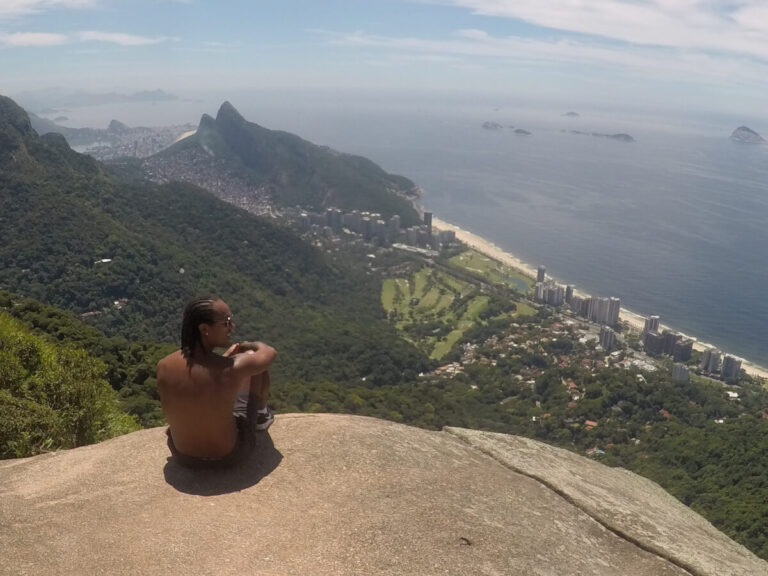
Types of activities
There are many different activities for ecotourism in Brazil available for adventurers, and among them are:
- Abseiling: Go down walls and waterfalls with the help of ropes.
- Horse riding: Explore diverse landscapes with a horse.
- Diving: Explore the sea diving with equipment or simply use a snorkeling mask.
- Trekking: Multiple-day treks in national parks, forests, or even sand dunes. Each trek is different but usually requires bringing a tent to camp or sleeping in accommodations. Proper planning is necessary for food and other supplies.
- Hiking: Similar to trekking, but only for a day. It requires less planning but still enough care to organize the hike’s food, water, and necessary supplies.
- Kayaking: A type of adventure where you can explore rivers and seas and see a place with different eyes.
- Mountain bike (MTB): Cycling on dirt roads, trails in farms or mountains, and also inside parks.
- Climbing: Climbing rock walls with proper equipment to aid you.
- Geological tourism: Explore geological areas created by nature over time. Among these places are caves, canyons, and other rocky formations.
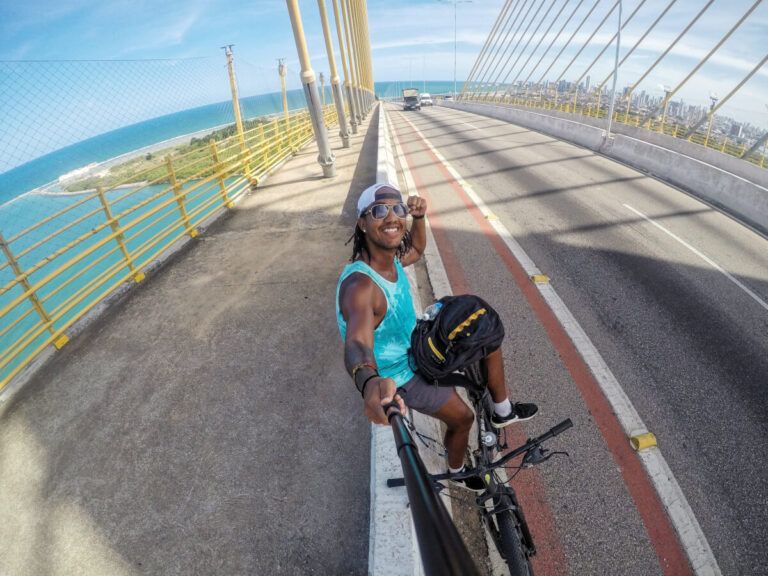
Best destinations
Brazil is enormous, and the list of options for ecotourism is rich, with different landscapes ranging from forests to sand dunes. Here is the list of the best destinations I prepared for you to start exploring the country. You will find places that belong to all five regions in Brazil.
Chapada Diamantina
It’s challenging to summarize all the options offered by ecotourists in the Chapada Diamantina National Park in a few sentences. The park contains numerous caves, waterfalls, and 300 kilometers of hiking trails. It is the second biggest ecotourism park in the country, with an area of 38.000 km.
There are many villages you can choose to make your base before exploring the park, with the most famous ones being Vale do Capao, Lencois, and Mucuge. Hiking trails will please hikers of all levels, and one of them passes by the Cachoeira da Fumaca, the second biggest waterfall in the country.
The park is a paradise for hikers, and one can spend months exploring everything the place offers. Some people adventure themselves and hike without a guide, which is ok in some countries, but in Diamantina, it can be challenging due to the lack of proper signalization in the hiking trails.
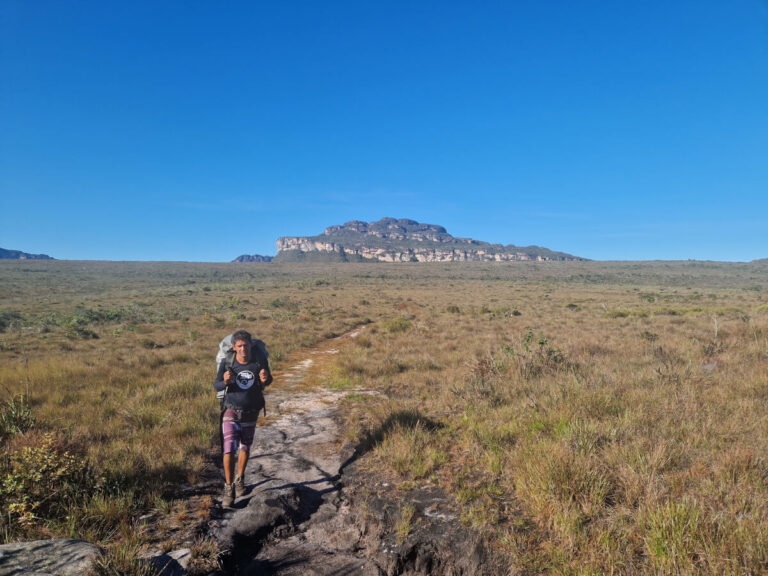
Read about more activities in Chapada Diamantina:
Fernando de Noronha
One of the most sought-after ecotourism destinations in Brazil, highly popular due to its fine, golden sands, with a sea of crystal-clear waters, not to mention the exuberance of marine life, which is a paradise for diving enthusiasts.
Fernando de Noronha is an archipelago consisting of 21 islands covering a total of 17 square kilometers, with islets and formations of volcanic origin. It was designated by UNESCO as a natural world heritage site due to its beauty and animal life.
Popularly known as the Brazilian Caribbean due to its similarity to the beaches and their shades, and even though it is small when compared to other ecotourism destinations, Fernando de Noronha offers various options, such as: hiking trails, boat tours, and snorkeling.
Chapada dos Veadeiros
Chapada dos Veadeiros is popularly known as the Cradle of Waters, thanks to the springs, which have pure and crystal-clear waters. The region is located in the heart of Brazil, in the northeast of the State of Goiás. The Chapada dos Veadeiros National Park is considered by UNESCO to be a natural heritage of humanity and one of the favorite destinations for ecotourism lovers.
The region has more than 15,000 square km of waterfalls, natural pools with crystal clear waters, and rich fauna and flora. It has a wide range of options for tours and fun for the whole family, from exploring the waterfalls and the entire park to relaxing in the thermal waters and admiring incredible views from viewpoints across the park.
Among all the trails in the park, the most famous hikes in the area are:
- Seriema Trail
- Saltos Trail
- Canyons Trail
- Crossing of the Seven Falls
- Trilha da Janela
- Loquinhas Trail
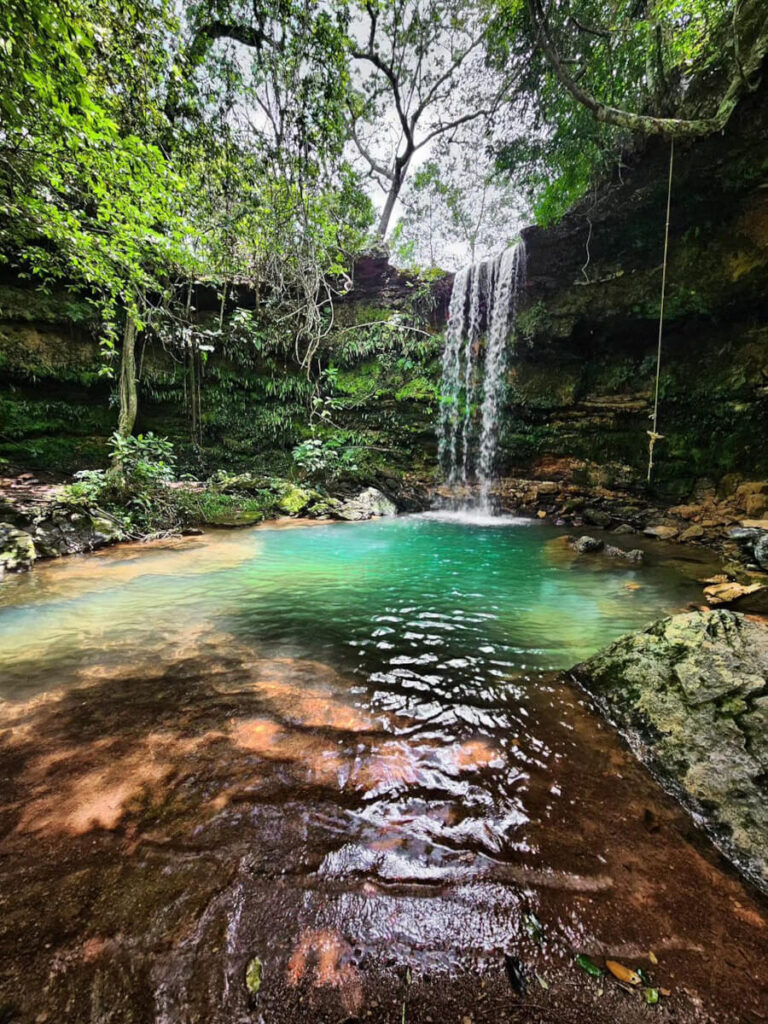
Amazon Rainforest
The Amazon rainforest, also known as the planet’s lungs, was elected one of the seven natural wonders of this world. It has one of the richest ecosystems on our planet and is home to more than 10% of all biodiversity in the entire world.
Today, many Amazonian tribes live in their indigenous reserves, maintaining a unique lifestyle that combines traditional and modern elements. Don’t be surprised if you see some tribes with internet access and the ability to receive online payments. Many tribes also have at least one person who speaks Portuguese, making communicating with tourists and explaining their culture easier.
These tribes are not just part of the Amazon’s biodiversity, but also its cultural richness. Adventurers can experience this firsthand through indigenous ecotourism opportunities, which allow them to immerse themselves in the Amazon and interact with these vibrant communities. Some tours even offer unique experiences like cooking classes!
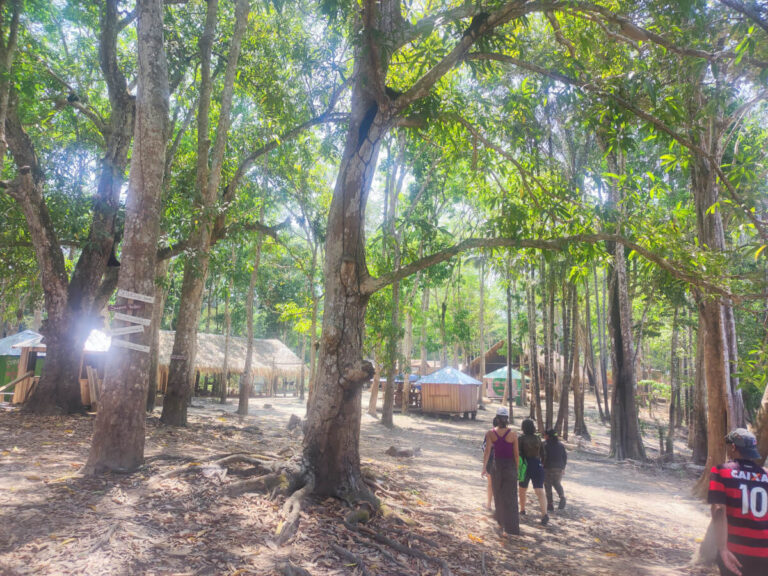
Chapada dos Guimaraes
For those passionate about hiking and incredible viewpoints, the Chapada dos Guimaraes is an excellent option for ecotourism in Brazil. You will be enchanted by the red-orange sandstone walls or the beauty of the region’s unique waterfalls, such as Véu da Noiva, Prainha, and Andorinhas.
One of the most famous places in Guimaraes is Sao Jeronimo Hill, the highest point in the national park, at 850m altitude. There are several local legends about the area surrounded by the hill; tales range from a place for UFOs to a house for leprechauns. These legends were born due to the curious format of the rocks at the peaks near Sao Jeronimo.
There are waterfalls, viewpoints, and one cave in the national park, enough activities to keep one busy for a few days. The biggest city near Guimaraes is Cuiaba, the capital of the Mato Grosso state.
Lencois Maranhenses
Lencois Maranhenses National Park in Brazil is one of the country’s highlights for ecotourism. This park is a place to visit for a great hiking experience. It’s a different type of hike, where you will be surrounded by the majestic dunes near the seaside and hike barefoot or with socks. Trekking tours can vary from 3 to 7 days, depending on how much you want to explore the park and your hiking speed.
Navigating through the dunes requires a good sense of direction and understanding how the wind shapes the landscape. You will learn to read the terrain, identify the most accessible paths up and over the dunes, and spot the firmest areas to step on.
I recommend doing the trekking tour in the park with a guide if it’s your first time hiking in this environment. It’s necessary to learn about the logistics around this hike, and nothing better than a proper guide to pass all the information to you.
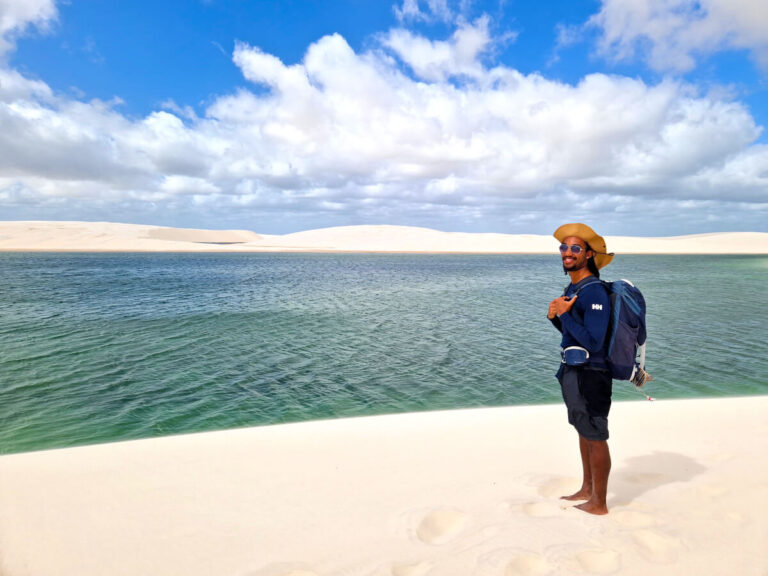
Read about more activities in Lencois Maranhenses
Jalapao
One of the most popular places for those who love contact with nature is the Jalapão in Tocantins. This jewel is famous for its waterfalls, such as Buritizinho and Bela Vista. On top of that, a trip to Jalapão can include different ecotourism activities, such as rafting, trekking, and canoeing.
There are several trails and waterfalls to explore in the park, which was established by the Brazilian government in 2001. The park got its name from a herb that grows in the region. With one of the lowest demographic densities in the country, it is possible to spend days in Jalapão without seeing a single person.
Jalapao is known for the fervedouros in the region, they are natural cool springs created from the water pressure of underground rivers. The pressure makes it easy to float and nearly impossible to touch the bottom of the pools. Even the best swimmer won’t be able to fight against the gentle pressure to touch the bottom.
Foz do Iguacu
Iguaçu Falls is a destination full of ecotourism options in Brazil. In this sense, the Iguaçu National Park has several trails, kayaking, and bicycle tours to explore everything it offers.
The Bananeiras trail, for example, is very peaceful. It takes around 2h30 to reach Lagoa do Jacaré, where you can take a kayak trip along the highest part of the Iguaçu River.
The Poço Preto Trail is 9km long, and you can follow it on foot, by bicycle, or in electric carts through the park and discover the natural beauty. For adrenaline lovers, it is possible to try paragliding, rappelling with views of the falls, and tree climbing.
Itacare
Itacare is a place that was forgotten for many years until recently when ecotourism activities brought attention to this hidden gem that was a rich area used for cacao plantations. During the 80s, a few surfers found the place, and slowly, more surfers from all over the world started visiting Itacare, which became a famous surf spot in Bahia and the country.
Later on, other ecotourism activities developed in the town besides surfing. There are many trails in the area and rafting for the adrenaline seekers. Taboquinhas is a famous town due to its perfect river for rafting. I went there for a tour and had a great experience; even though the water flow was low, the river was wild, and the rafting experience was intense, in a good and adventurous way!!

Conclusion
This article describes the ecotourism scene in Brazil right now and the best destinations for this type of tourism. I hope you feel more inspired to explore my home country, which offers plenty of options for those looking for a good adventure.
Thank you for reading this article. See you all on the next adventure!! Bye!!



